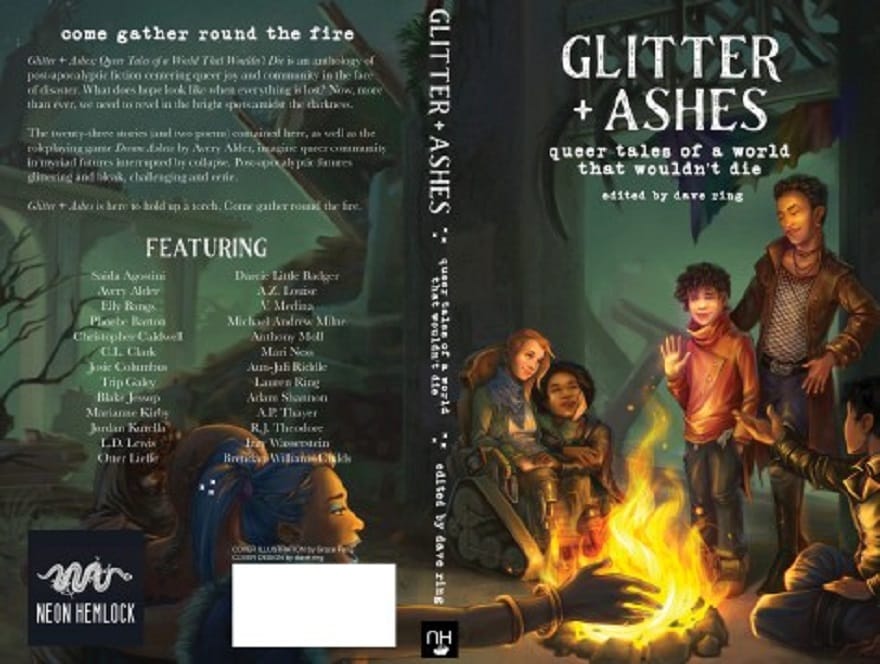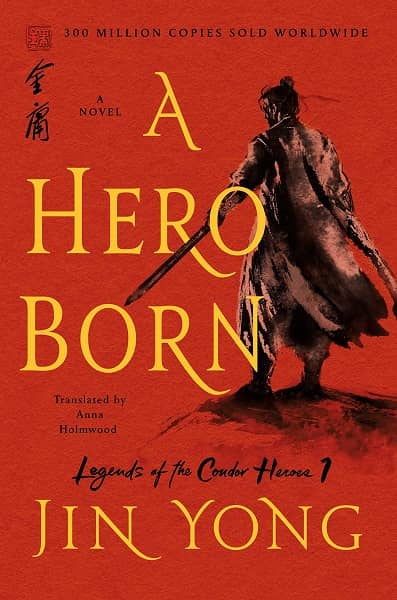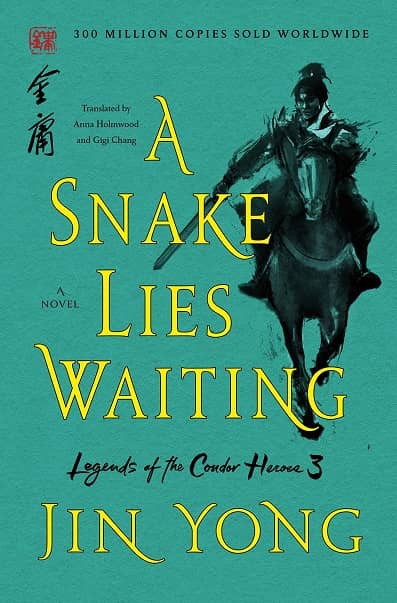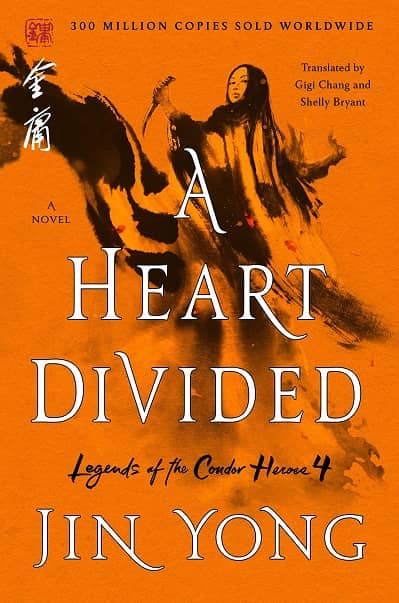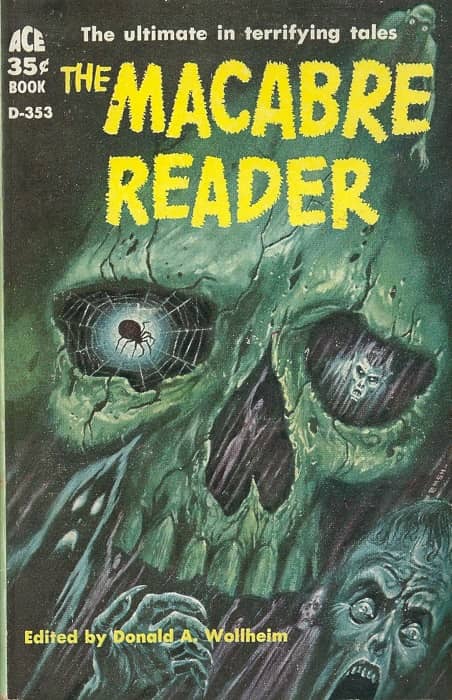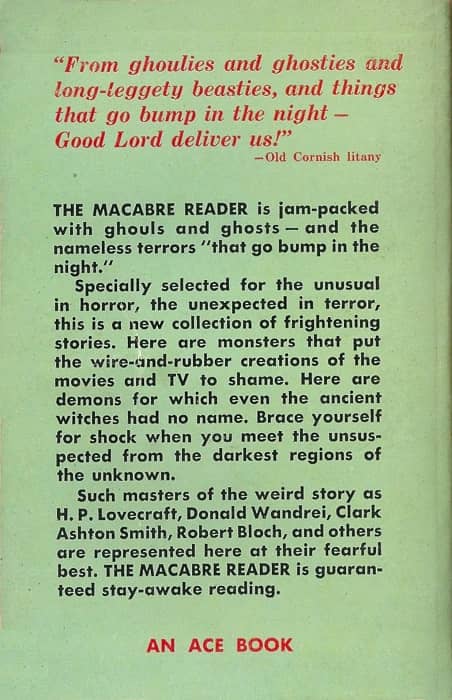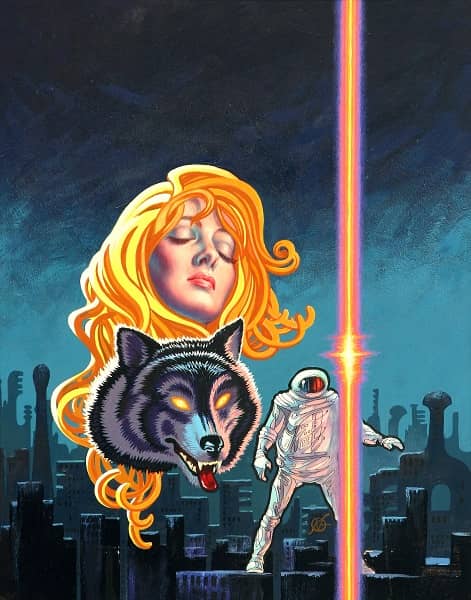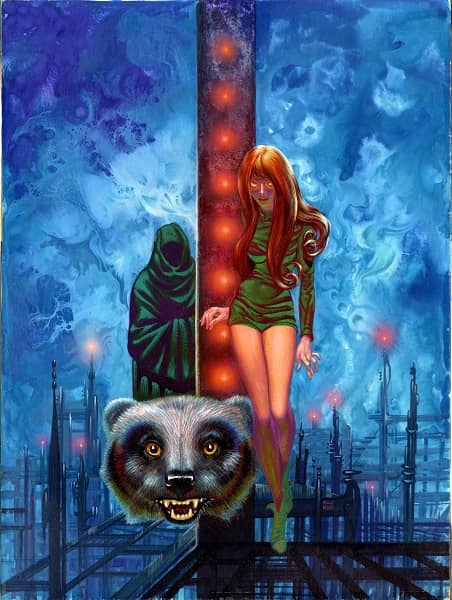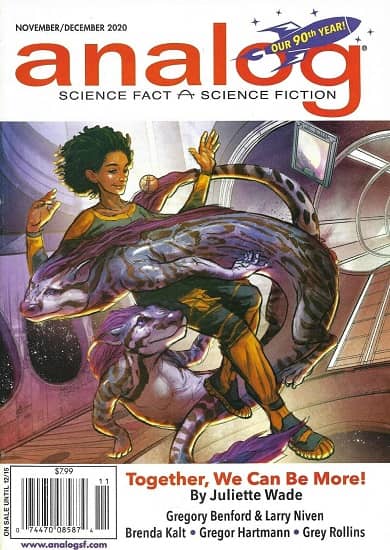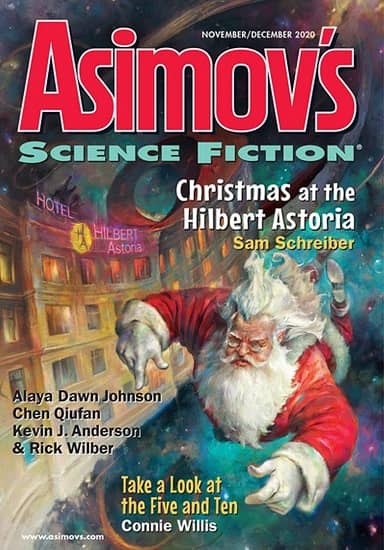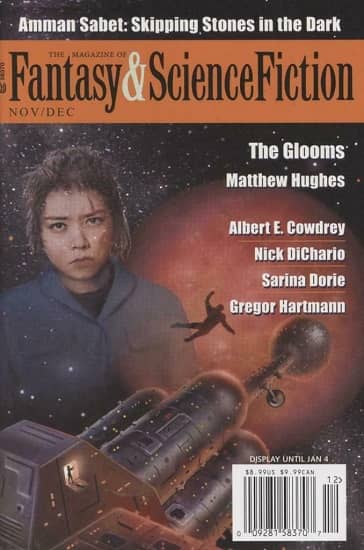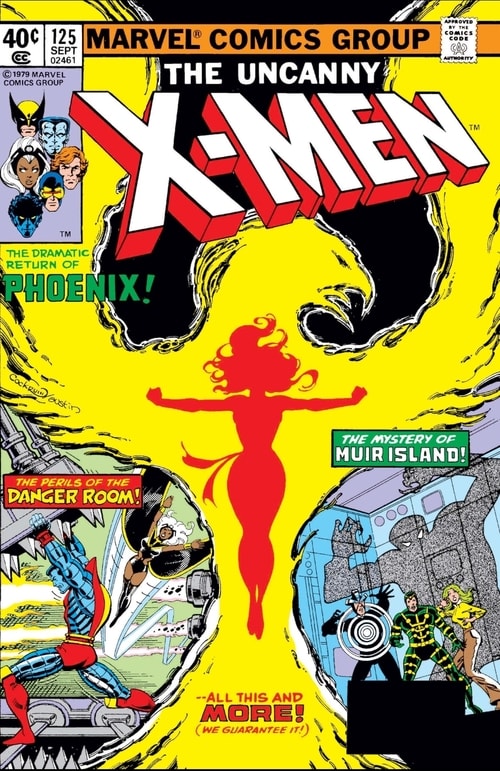Witches, Menacing Forests, & the True Meaning of Fairy Tales: A Tale Dark & Grimm by Adam Gidwitz
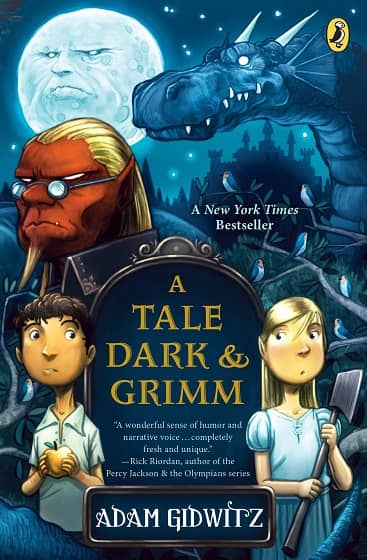 |
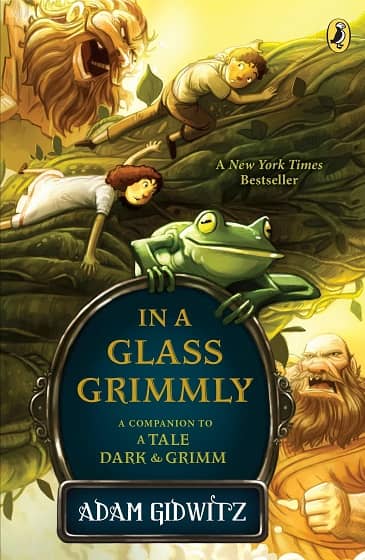 |
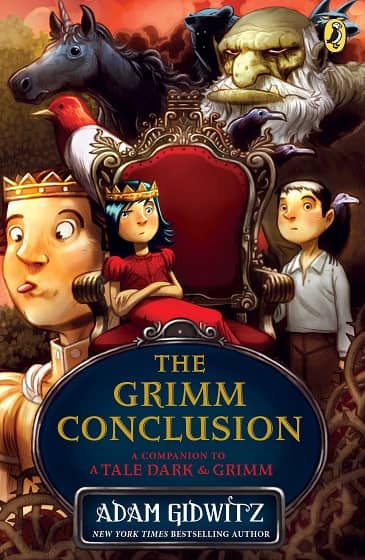 |
Covers by Dan Santat
The Christmas break is usually a bit of a reading vacation for me, a chance to catch up on the year’s big reads. Of course, I don’t always want to read big, important books while I’m on vacation. Sometimes (usually), I just want something fun.
That’s how I ended up reading Adam Gidwitz’s A Tale Dark & Grimm yesterday, the first book in his dark retelling of favorite kid’s stories. The series was published nearly a decade ago, and re-issued with gorgeous new covers by Dan Santat in 2016. The first book was a New York Times bestseller, and it follows Hansel and Gretel as they skip their own story and leap into other classic Grimm fairy tales, meeting witches, warlocks, dragons, and even the devil himself. As they roam menacing forests, the siblings learn the true story behind the famous tales. Here’s a snippet from my favorite review, by Robin Smith at BookPage.
When I teach my second graders about Grimm’s fairytales, they are often shocked by the graphic details… Now that I have read Adam Gidwitz’s take on Hansel and Gretel, I know exactly what my students really feel: sheer terror.
Like any good storyteller, Gidwitz lures his readers into his tale. His light touch, humorous use of direct address (“if such things bother you, we should probably stop right now”) and tongue-in-cheek warnings make the reader want to take up his challenge and turn the page, no matter what. Gidwitz weaves a number of original tales into one satisfying, daring story of a brother and sister making their way in a world where adults, particularly parents, are unreliable, untrustworthy and in desperate need of forgiveness.
The first volume was followed in short order by two sequels. Here’s a closer look at the wraparound covers for all three volumes.
